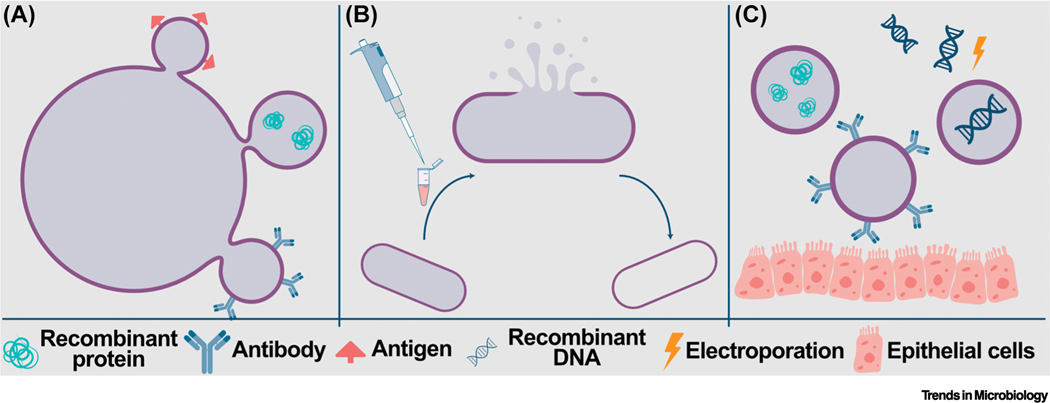Figure 3. Membrane vesicles (MVs) and bacterial ghosts (BGs).
MVs and BGs can be used to deliver recombinant protein, antigen, antibody, or recombinant DNA (A) MVs are naturally occurring structures that bacteria produce in response to stress, such as antibiotic exposure. (B) BGs form through disruption of the cell membrane that leads to expulsion of the intracellular contents, leaving an empty membrane that can carry proteins and/or nucleic acids. (C) Both MVs and BGs can be engineered to carry recombinant therapeutics and/or DNA (incorporated into the cell envelope via electroporation), or to display antibody, antigen, or fusion proteins that are tethered to the lipid bilayer of the cell envelope. Depending on the design, MVs and BGs can be engineered to facilitate interactions with host cells, such as gut epithelial cells, as depicted here.

